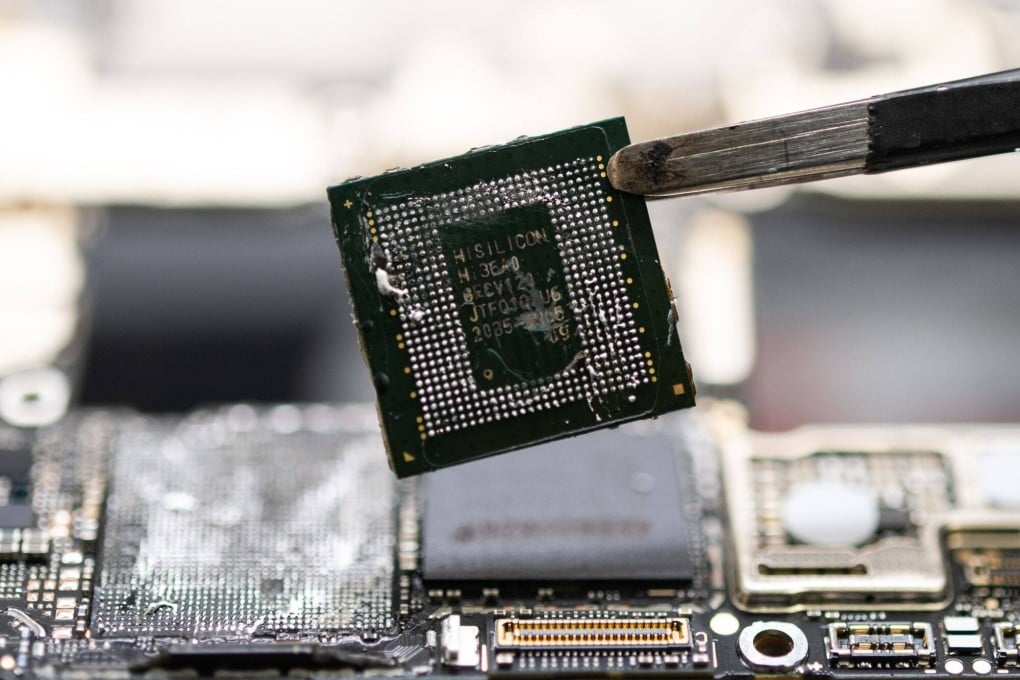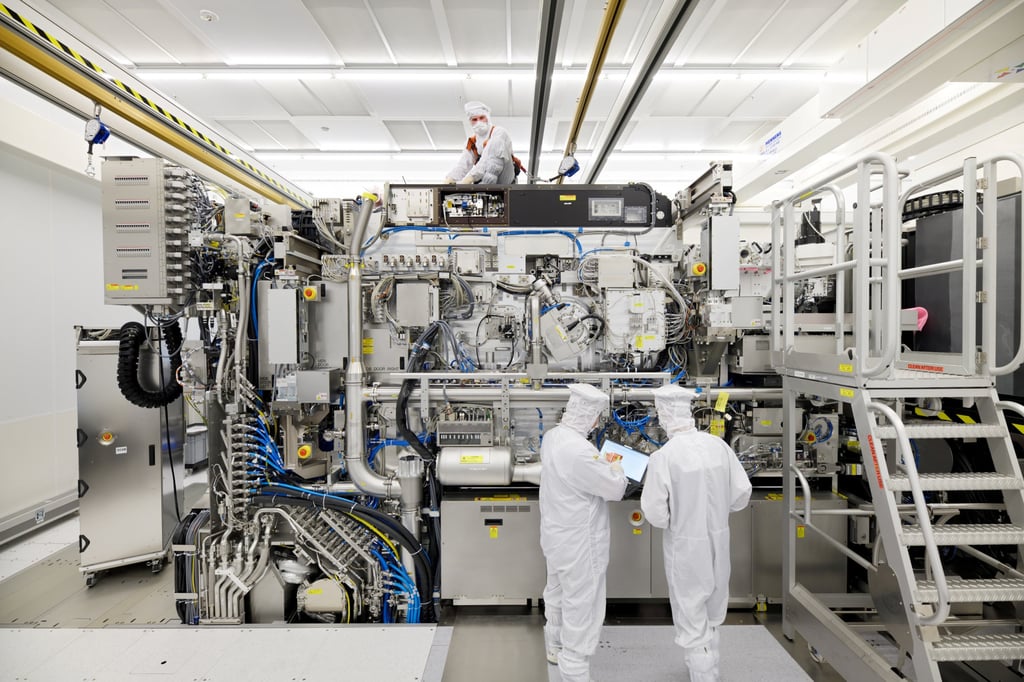For Chinese chip-making, lack of advanced lithography systems becomes a focal point in wake of Huawei’s breakthrough
- Chinese chip makers are constrained by the limits of their existing lithography equipment, experts say, as new 2024 export restrictions loom
- The country’s best home-grown lithography machine is so far only capable of making 90-nm chips, far from the 7nm chip found in the latest Huawei phone

Even after China has spent years pursuing self-reliance in semiconductors, the lithography machines needed to make advanced chips today only come from one company: Netherlands-based ASML Holding. Producing this kind of complex machinery entirely within China is not likely to happen in the foreseeable future, industry insiders say.
Li Jinxiang, deputy secretary general of the China Electronic Production Equipment Industry Association, told a forum in August that no China-made lithographic machines are available for front-end chip-making, and developing domestic equipment will not be smooth sailing.
“We still have a long way to go in lithography (tools),” Li said at the time. “Not a single chip-making production line in China has equipped a China-made lithography system – most of them are only used in academic research.”
Both Huawei and SMIC have remained silent about the new Kirin processor since TechInsights published a report saying the chip was made by China’s largest foundry using improved techniques with existing equipment. US Commerce Secretary Gina Raimondo said last month that there is no evidence that China can produce 7-nm chips “at scale”, meaning the breakthrough may not lead to commercially viable mass production.
Before the Mate 60 Pro, Huawei’s last 5G smartphones, part of the Mate 40 series, were released in 2020.
